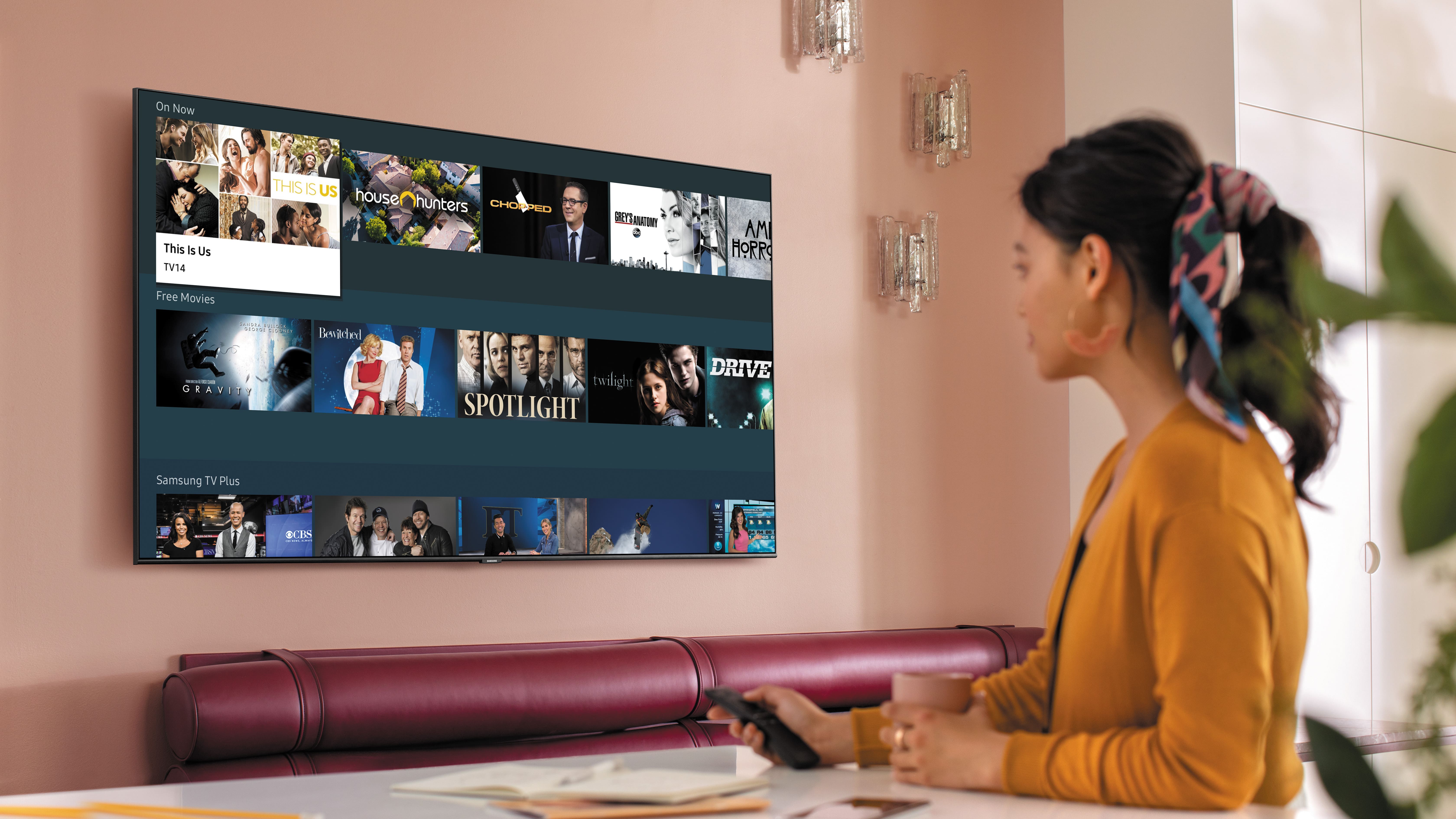

The best Samsung TVs are brilliant things: I'm on my second – my first died in an unfortunate virtual reality punching accident – and while my QLED model is fairly low-spec compared to the very best TVs it's still a superb display for my Apple TV 4K, my Xbox Series X and my PS5. But that doesn't mean it didn't need a bit of tweaking to get the best from it. My current TV defaulted to a dynamic mode so bright and artificial it was almost cartoonish, and I found a few issues with the "soap opera effect" too. So here's some hard-won wisdom on how to get the best picture from your Samsung TV.
1. Change the motion smoothing
I don't watch fast-moving sports, but my TV seemed to think I did – and that meant the motion smoothing and motion processing it was set to was far too aggressive for the kinds of shows and movies I wanted to play. That produced something called the "soap opera effect", which makes the picture look hyper-real. And on my TV it also made people's faces look like their skin wasn't connected to the muscles underneath.
What's happing here is that the content I'm watching was filmed at 24fps (frames per second) but Samsung is upsampling it to 30fps, the same speed that many sporting events are filmed at. And that processing gets weird. So to turn it off you want to go to Settings > Picture > Expert Settings > Auto Motion Plus Settings (Picture Clarity Settings) and change it from Auto to Custom (or turn it off altogether). You can now experiment with the blur, judder and LED motion processing to get the right balance for your personal preference.
2. Don't use the Dynamic preset
The Dynamic preset in your Picture Mode settings is too dynamic: it's designed to stand out in super-bright rooms and that means it whacks up the brightness and saturation to rather silly levels. It's horrible to look at and it burns energy too. Personally I reckon the Standard preset is the best, but for rooms with low lighting Natural and Movie are pretty great too.
3. Use filmmaker mode
Recent Samsung TVs such as its QLEDs from 2020 onwards have the industry standard Filmmaker Mode, which is designed to show movies as the director intended – so no soap opera effect, no artificially imposed aspect ratio, no overcooked colours. It's quite dark, however, so it's best suited to night-time movie watching.
4. Try gaming without Game Mode
Your Samsung TV can automatically switch into Game Mode when it detects your Xbox Series X or PS5 starting up, but that mode can give you poorer picture quality. That's because it prioritises response time and low lag above picture quality, and I've found the colours less vibrant and the screen brightness to be a little lower when I'm in Game Mode. In something like Horizon: Forbidden West, which is designed to be absolutely gorgeous, you're not quite getting the full picture.
I'm very aware that this is a personal preference thing, and if you're a gamer who plays a lot of fast-paced multiplayer then low lag is going to be important to you. But for me I'd rather have the visuals in all their glory; the games I play don't have that need for speed.
Get all the latest news, reviews, deals and buying guides on gorgeous tech, home and active products from the T3 experts
5. Experiment with the Eco stuff
While of course it's important to reduce energy consumption, sometimes Samsung's eco-friendly settings can be a little too aggressive. Ambient Light Detection in particular can leave your images a lot darker than you might want. That's because it adjusts the backlight according to the brightness of your room, so if it decides it can turn the brightness down a bit it will – often by more than I'd like.
Another feature to look at is the Motion Lighting option, if your TV has it: Samsung also calls it LED Clear Motion. That setting is designed to reduce blurring when there's movement in the images by briefly turning that bit of the backlight off, but a side-effect of that is that it can make moving images look darker and duller than they're supposed to be. Try turning it off and you should see a marked increase in your TV's brightness.
Writer, musician and broadcaster Carrie Marshall has been covering technology since 1998 and is particularly interested in how tech can help us live our best lives. Her CV is a who’s who of magazines, newspapers, websites and radio programmes ranging from T3, Techradar and MacFormat to the BBC, Sunday Post and People’s Friend. Carrie has written more than a dozen books, ghost-wrote two more and co-wrote seven more books and a Radio 2 documentary series; her memoir, Carrie Kills A Man, was shortlisted for the British Book Awards. When she’s not scribbling, Carrie is the singer in Glaswegian rock band Unquiet Mind (unquietmindmusic).
